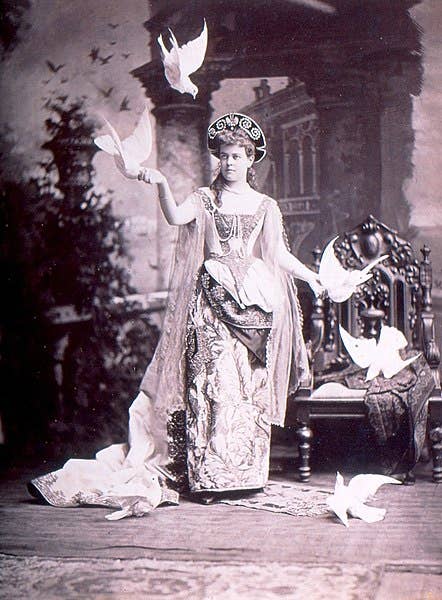Plague Doctors’ Costumes Looked Fanciful, But Had Serious Purpose
Plague doctors’ costumes consisted of a head-to-toe garment, glasses, and a long snout or bird beak filled with aromatic spices to protect them from the “bad air” believed to carry disease.
Just as the sight of medical professionals in hazmat suits and full-body scrubs and surgical masks has more commonplace than ever the past few months with the coronavirus pandemic, the common sight in the 17th century was doctors looking like giant bird men.
During the epidemics of bubonic plague that swept western Europe, plague doctors, who exclusively treated the infected, wore costumes to protect themselves from the miasma or “bad air” believed to carry disease. This fanciful-looking costume typically consisted of a head-to-toe leather or wax-canvas garment, large crystal glasses, and a long snout or bird beak. Inside the beak were aromatic spices such as mint, myrrh, camphor, and cloves, dried flowers such as roses or carnations, or a vinegar sponge. The strong smells of these items — sometimes set on fire for added advantage — were meant to combat the contagious miasma that the costume itself could not protect against.
Plague doctors also carried a wand they waved to issue instructions, such as ordering disease-stricken houses filled with spiders or toads “to absorb the air” and commanding the infected to inhale “bottled wind” or take urine baths, purgatives, or stimulants.
These same wands were used to take a patient’s pulse, to remove their clothing, and also to ward off the infected if they came too close — an effective tool for social distancing.
However strange this early-modern hazmat suit looks, it did have some use. The ankle-length gown and herb-filled beak would also have offered some protection against germs.
The invention of the plague doctor costume, complete with beaked mask, is credited to the French physician Charles de Lorme (1584-1678), who is thought to have developed it in 1619.
By 1636, it had proved popular enough to be worn as far away as Nijmegen (in the east of the present-day Netherlands), but it became embedded in European culture during the Plague of 1656, which killed nearly half a million people in Rome and Naples.
Plague doctors at this time were required — by the contracts they signed with municipal councils — to wear the costume. The appearance of one of these human-sized birds on a doorstep meant that death was near.
As the costume came to be adopted by plague doctors throughout western Europe in the 17th and 18th centuries, it increasingly entered the collective imagination.
Plague doctors were such a common sight in Venice, their costume was taken up as a carnival outfit, effectively incorporating this symbol of mortality into the annual celebration of life.
The costume also inspired a stock character in the Italian comedy, “Commedia dell’Arte,” which was popular in Europe from the 16th through 18th centuries: the unsettling Medico della Peste “Medic of the Pest.”
It also probably caused lots of nightmares.








